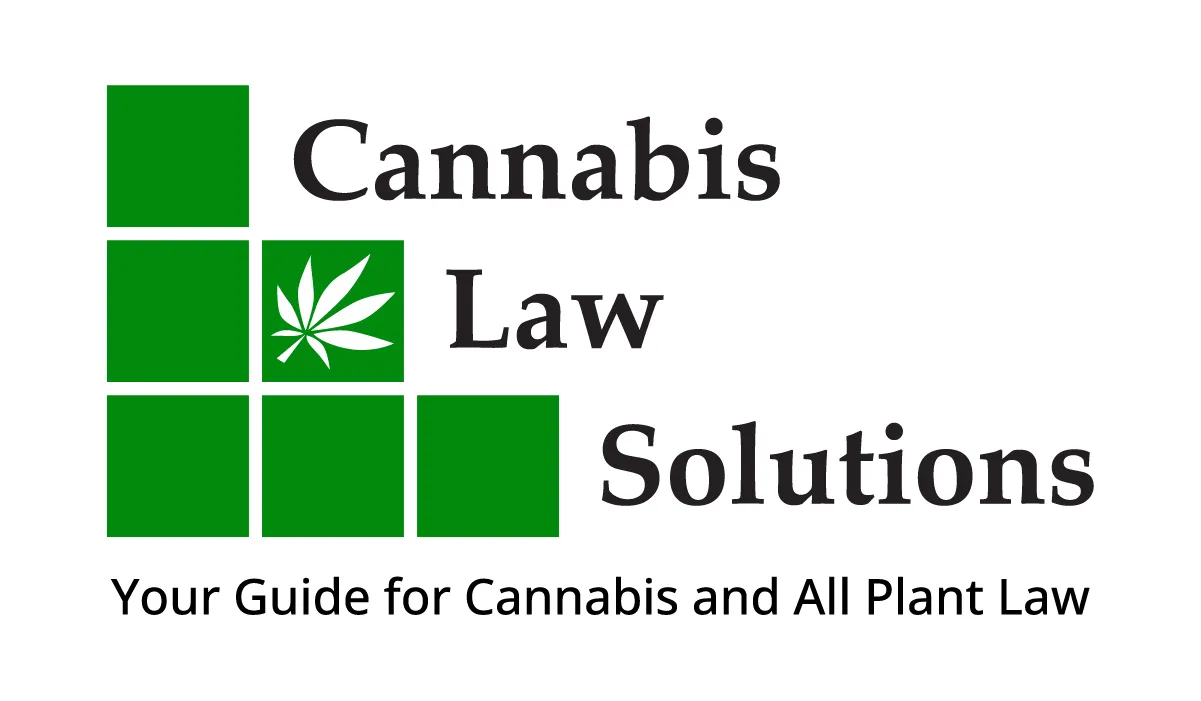On June 26, 2018, 57% of voters in Oklahoma voted in support of Question 788: Medical Marijuana Legalization Initiative (SQ788). The result was the creation of the Oklahoma Medical Marijuana Authority (MMA), a division overseen by the Oklahoma Department of Health, which was charged with establishing regulations and implementing a state medical marijuana program. Oklahoma’s medical marijuana program enables Oklahoma citizens to obtain licenses to use medical marijuana and establishes guidelines for marijuana growers, processors and distribution centers. To date, over 600 dispensaries have received licenses to sell medical marijuana to over 8,400 patients registered for the program.
Notably, contrary to the earlier proposed limits under Oklahoma law, the products available to Oklahoma patients will include high-THC medical marijuana. How do medical marijuana patients in Oklahoma stand to benefit from this lack of THC limits?
To answer the question, it important for medical marijuana patients to understand the two main naturally-occurring compounds in medical marijuana: cannabidiol (CBD) and tetrahydrocannabinol (THC). CBD is the non-psychoactive compound of the cannabis plant, which research has shown to be an effective treatment for a range of conditions, including chronic pain, muscle spasms, glaucoma, insomnia, epilepsy, nausea and anxiety. Because there are no psychoactive effects from CBD, it can be tolerated in large doses to treat serious ailments, including cancer and multiple sclerosis. The yin to CBD’s yang, THC is the psychoactive compound that causes the “high” people normally associate with marijuana products, which research has shown may be effective in the treatment of seizures, inflammation, chronic pain, inflammatory bowel syndrome, nausea, migraines, and depression. Additionally, when used in combination with CBD, studies show that the THC may be able to treat more serious diseases such as multiple sclerosis, mental disorders, and various forms of cancers. In fact, when high THC content is combined with increased CBD content, research shows that CBD may serve to counteract the psychoactive effects of THC.
Based on the psychoactive nature of THC, some states that allow for the use of medical marijuana chose to nonetheless limit the THC content in products available to patients to “low THC levels.” What constitutes a “low THC” product differs from state to state – for instance, for some states, medical marijuana products must contain less than 0.8% THC, where in others like North Carolina, South Carolina, and Tennessee, the threshold is set at 0.9%. These “low THC” states may be inspired by the National Institute on Drug Abuse (NIDA), which previously suggested that those who consistently expose themselves to high levels of THC may be at a greater risk for addiction and transition to more intense drugs. However, critics argue that NIDA’s conclusion may have not taken into account the counteractive effect produced when increased CBD content is used to counteract the psychoactive effects of THC.
While the Oklahoma Department of Health initially proposed a relatively high THC limit that would prohibit the sale of medical marijuana products containing more than 12% THC, the proposal was met with backlash from the public and the industry, as well as the state Attorney General, who suggested that the Department’s attempt to limit THC was beyond the agency’s regulatory authority. In response, the Department of Health ultimately backed away from the THC limitation. As a result, as long as THC content of the product is adequately labelled, Oklahoma dispensaries will be permitted to provide medical marijuana patients with a range of treatment options, including high-THC product.
In addition to expanding the available treatments for patients, Oklahoma’s refusal to limit THC content will likely provide additional tangential benefits insofar as a robust state medical marijuana programs may serve to combat Oklahoma’s opioid epidemic. Specifically, in 2015, Oklahomans received 101.7 opioid prescriptions per 100 persons, roughly 40% greater than the national average. However, Oklahoma’s expansive medical marijuana program has the potential to lower the rate of opioids prescriptions – a welcome result for the state that places second among the nation for substance abuse disorders.
While many more decisions will need to be made as the state’s program matures, Oklahoma’s decision to allow for high-THC products is a positive step forward for patients and the industry as physicians, government officials, and the country are sure to pay close attention to the outcomes of Oklahoma’s SQ788.
 717-703-0804
717-703-0804